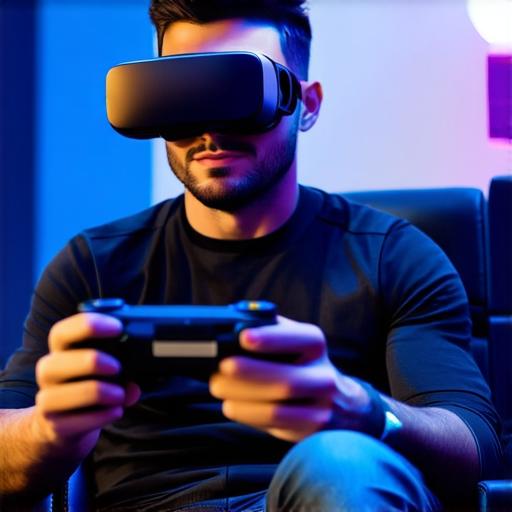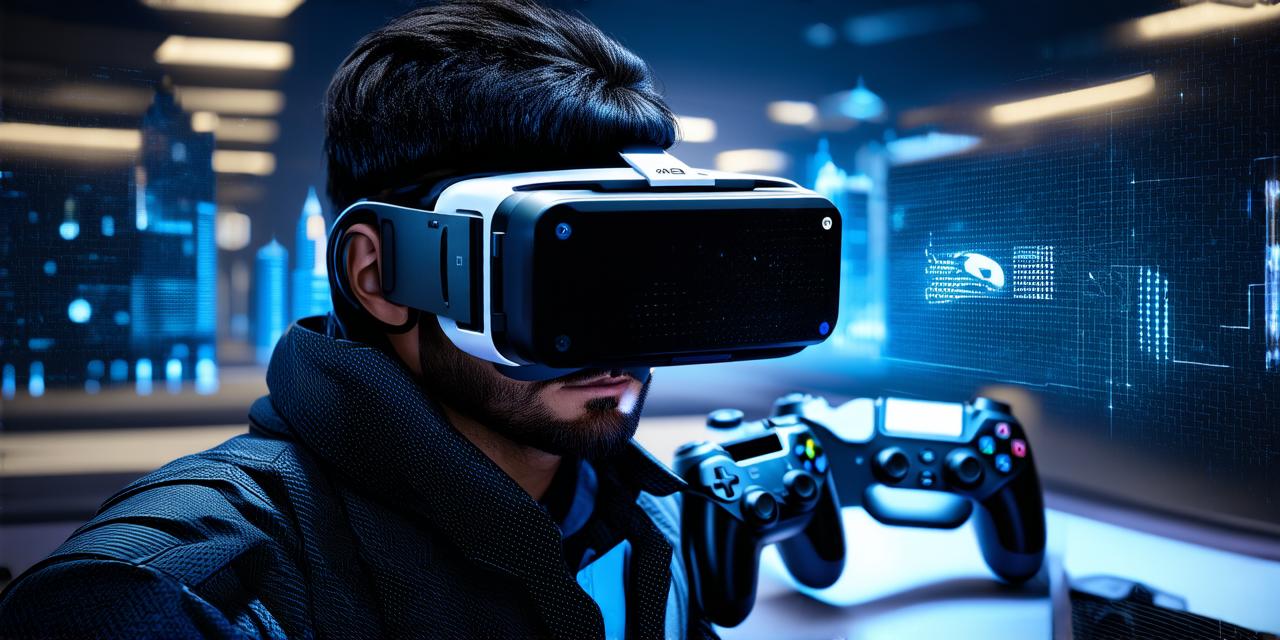<!DOCTYPE html>
Virtual reality (VR) is a rapidly evolving technology that has captured the imagination of people across various industries, from gaming and entertainment to healthcare and education.
As a VR developer, you have an opportunity to create immersive experiences that can revolutionize the way people interact with digital content. In this article, we will delve into the development of VR platforms and explore the key factors that have contributed to their growth and success.
The Evolution of Virtual Reality Platforms
Virtual reality platforms have come a long way since their inception in the 1960s. Early VR systems were primarily used for research and military applications, such as training soldiers for combat or simulating space exploration missions. However, it wasn’t until the early 21st century that VR technology started to become more accessible and affordable for consumer use.
Popular VR Platforms
In recent years, we have seen a surge in the development of VR platforms that cater to various applications, including gaming, education, healthcare, and entertainment. Some of the most popular VR platforms include:
- Oculus Quest 2
- HTC Vive
- Sony PlayStation VR
- Samsung Gear VR
- Google Daydream
Key Factors Driving the Growth of VR Platforms
There are several key factors that have contributed to the growth and success of VR platforms. Here are some of the most significant:
- Advancements in Technology: As technology has advanced, we have seen improvements in display resolution, graphics capabilities, and motion tracking accuracy. These advancements have made virtual reality experiences more immersive and realistic, attracting a wider audience.
- Increased Accessibility: With the release of affordable VR headsets and the growth of mobile devices, virtual reality has become more accessible to consumers. This has led to increased adoption rates and a broader range of applications for VR technology.
- Growing Interest in Immersive Experiences: There is a growing demand for immersive experiences that can transport people into new worlds or provide unique perspectives on existing ones. Virtual reality platforms are well-positioned to meet this demand, offering engaging and interactive experiences that can be customized for specific industries.
- Wide Range of Applications: Virtual reality technology has a wide range of applications across various industries, including gaming, education, healthcare, and entertainment. This diversification has made VR platforms more attractive to businesses looking for innovative solutions to their challenges.
- Strong Community Support: The VR community is passionate about the technology and its potential to transform various industries. This support has led to a flourishing ecosystem of developers, content creators, and enthusiasts who are constantly pushing the boundaries of what is possible with virtual reality.
Case Studies and Personal Experiences

One of the best ways to understand the development of VR platforms is through real-life examples and personal experiences. Here are a few:
Virtual Reality in Education
A study conducted by the University of Maryland found that virtual reality can improve student engagement and learning outcomes in various subjects, including biology, physics, and history. By providing students with immersive experiences that bring abstract concepts to life, VR technology has the potential to revolutionize education.
Virtual Reality in Healthcare
In recent years, VR has been used for a variety of healthcare applications, including pain management, mental health therapy, and surgical training. For example, a company called Pulse VR is using virtual reality to help patients with anxiety and phobias overcome their fears by exposing them to controlled environments that simulate real-life scenarios.
Virtual Reality in Entertainment
As a VR developer, you have the opportunity to create immersive experiences that can captivate audiences and provide unique perspectives on existing content. For example, the VR game “Beat Saber” has become a cultural phenomenon by combining rhythm music with virtual reality, creating an addictive experience that keeps players coming back for more.
Personal Experience
As a VR enthusiast, I have had the opportunity to try out several VR platforms and applications. One of my favorite experiences was using Oculus Quest 2 to explore a virtual world called “Beat Saber.” The game’s immersive environment and engaging rhythm music made me feel like I was part of the action, while the wireless design allowed me to move around freely without worrying about cords or wires.
Conclusion
Virtual reality platforms have come a long way since their inception, and they continue to grow and evolve as technology advances. As a VR developer, you have an opportunity to be at the forefront of this exciting technology and create experiences that can transform various industries. By understanding the key factors driving the growth of VR platforms and exploring real-life examples and personal experiences, you can gain valuable insights into the development of virtual reality technology and stay ahead of the curve in this rapidly evolving field.
